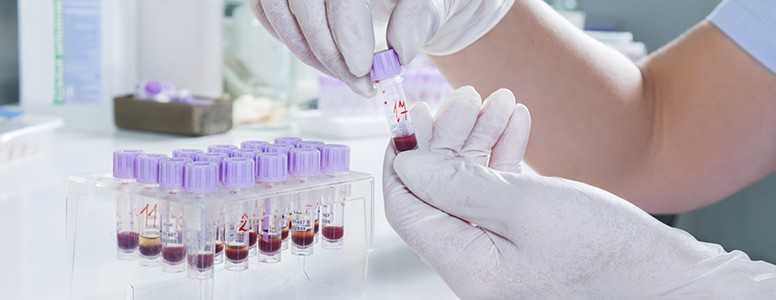Men with type 2 diabetes experienced improved beta-cell function and insulin sensitivity when treated with acipimox and Forxiga therapy, a small study reports.
Forxiga (dapagliflozin) is an SGLT2 inhibitor which reduces blood glucose levels by helping the body to filter more excess glucose out of the blood. It is prescribed to people with type 2 diabetes, but is not suitable for anyone with type 1 diabetes.
Acipimox is a lipid-regulating medication which inhibits the production of triglycerides by the liver. The drug helps reduce high cholesterol levels, and for people with type 2 diabetes – who are at greater risk of stroke and heart disease – keeping cholesterol levels at a normal level is of great importance.
Researchers at the University of Texas Health Science Centre examined data from 14 men with type 2 diabetes. Their mean age was 50 years, mean BMI was 32.7 kg/m², and mean HbA1c was 8.5 per cent. All participants were treated with metformin or metformin plus a sulphonylurea.
At the beginning of the study, participants were fitted with a four-hour hyperinsulinemic-euglycemic clamp, which measures insulin sensitivity and how well glucose is metabolised; and underwent a two-hour 75g oral glucose tolerance test (OGTT).
All participants were prescribed daily Forxiga treatment (10mg) for three weeks. The, at the beginning of the third week, 250g of acipimox was added four times daily in addition to Forxiga. The OGTT and insulin clamp were repeated at the end of weeks two and three.
Forxiga treatment significantly lowered plasma glucose concentration from baseline to week two, but levels of fasting plasma free fatty acid (FFA) concentration, which is linked to lower insulin secretio, were unaffected.
Fasting plasma glucose concentration was further decreased through acipimox treatment, while fasting plasma free fatty acid (FFA) concentration also decreased.
Glucose disposal increased at week two compared to the beginning of the study, but didn’t increase further once acipimox was added to treatment.
The researchers concluded: “Lowering the plasma glucose concentration with dapagliflozin improves both insulin sensitivity and beta cell function, while lowering plasma FFA concentration by addition of acipimox to dapagliflozin improves beta cell function without significantly affecting insulin sensitivity.”
“Surprisingly, acipimox failed to cause a further improvement in insulin sensitivity when added to dapagliflozin in [type 2 diabetes] individuals,” they added. “It is possible that the intramyocellular concentration of toxic lipid metabolites declined with dapagliflozin treatment. This could explain why acipimox, when added to dapagliflozi, failed to further increase insulin-stimulated glucose disposal.”
The study was published in The Journal of Clinical Endocrinology and Metabolism.
What's new on the forum? ⭐️
Get our free newsletters
Stay up to date with the latest news, research and breakthroughs.




